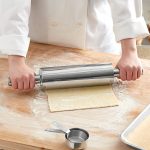Baking enthusiasts often find themselves at a crossroads when selecting baking tools. Among the essentials, the rolling pin stands out, serving as a critical instrument that can significantly impact the quality of your dough. When it comes to choosing the right rolling pin, you may often weigh the benefits of a tapered rolling pin against a traditional one. Each option has unique characteristics that cater to different baking styles and preferences. In this comprehensive comparison, we’ll explore both types, their features, advantages, and how to determine which one best suits your baking needs.
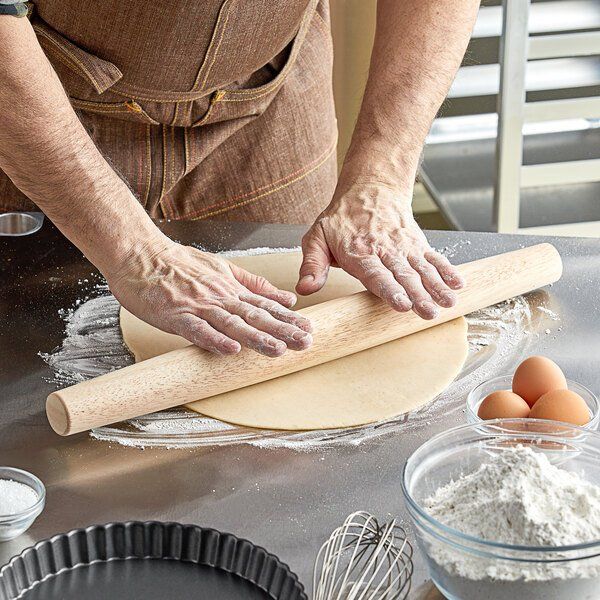
Understanding the Tapered Rolling Pin
A tapered rolling pin features a design that narrows towards the ends. Typically, this type allows for greater control over the thickness of your dough. Bakers appreciate the tapered shape because it enables even pressure distribution as they roll. This design minimizes the risk of areas in the dough becoming unevenly thick, which is critical when preparing pastries where uniformity impacts texture and appearance.
One of the key benefits of a tapered rolling pin is its versatility. You can use it to roll out various types of dough, including cookies, pie crusts, and pasta. The ability to maneuver the ends allows bakers to adjust their technique based on the dough’s requirements. For instance, when rolling out a larger sheet of dough, you can focus more pressure on the center while maintaining perfect control at the edges.
Furthermore, tapered rolling pins often come in various materials, including wood, silicone, and marble. Each material offers distinct advantages, such as easy clean-up or a cool surface ideal for pastry work. This variety allows bakers to select a tapered rolling pin that aligns with their specific baking style and personal preferences.
The Features of Traditional Rolling Pins
Traditional rolling pins, characterized by their cylindrical shape, have a classic design with a uniform diameter throughout. This shape provides a different experience while rolling out dough. One of the standout features of traditional pins is their robustness, making them quite forgiving during use. With a weighty build, they can press down on dough effectively, making it easy to roll out thicker doughs such as bread and pie crusts.
Additionally, traditional rolling pins feature handles that provide a solid grip, allowing bakers to use their upper body strength for added pressure. This design works well for heavy, sticky, or tough doughs, making them a favorite among many home bakers. Traditional rolling pins typically come in wood or marble, offering durability and aesthetics that complement most kitchen decors.
However, despite being beloved by many, traditional rolling pins have certain limitations. The uniform diameter may lead to uneven rolling in the hands of less experienced bakers. Achieving consistent thickness can be challenging, particularly for novice users who might apply uneven pressure while rolling. This inconsistency can affect dough quality, especially critical in pastry-making where precision matters.
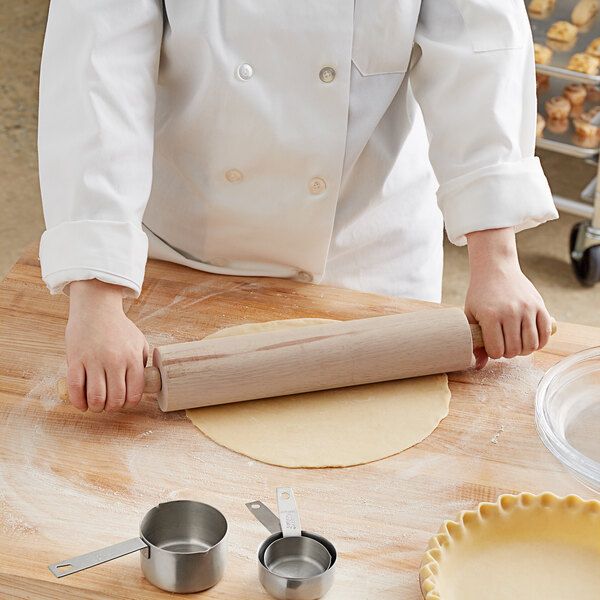
Comparing the Rolling Experiences
When it comes to user experience, the difference between a tapered and a traditional rolling pin quickly becomes apparent. A tapered rolling pin allows users to exert more precision over the rolling process. As mentioned, the tapered ends provide an opportunity for refined control. When rolling out pastry dough, bakers can effortlessly manipulate the thickness by working the center more while allowing for even distribution of pressure on the edges.
In contrast, using a traditional rolling pin offers a straightforward and robust rolling experience. However, the uniform shape can pose challenges for users aiming for consistent dough thickness. Enthusiasts may notice that traditional rolling pins require a bit more skill to master, especially when rolling delicate doughs that need a light touch.
For those new to baking, a tapered rolling pin may feel more forgiving and intuitive. As users gain confidence, they can start experimenting with more complex techniques that require even pressure. Eventually, both types of rolling pins can complement one another, creating a well-rounded baking toolkit. Ultimately, the choice often rests on personal preference and baking style.
Evaluating Ease of Use and Cleaning
Ease of use significantly impacts the choice between tapered and traditional rolling pins. For beginners, tapered rolling pins can feel more comfortable as they naturally support the motion of rolling out dough. The tapered ends facilitate better control, requiring less effort to achieve the desired consistency. Users will appreciate the immediate feedback from the dough as they roll, making the baking process more enjoyable.
In terms of cleaning, many tapered rolling pins made from silicone or marble are generally easy to maintain. Silicone surfaces often prevent dough from sticking, allowing for quick clean-up. Marble options also offer the advantage of staying cool, making them excellent for rolling out pastry dough. However, wooden tapered rolling pins may demand more care due to their porous nature, requiring careful washing and occasional oiling to prevent drying out.
On the other hand, traditional rolling pins shine in simplicity regarding maintenance. Most wooden variants stand up well over time with minimal upkeep. A simple handwash with warm, soapy water often suffices. Users must dry them immediately to prevent moisture absorption, which can lead to warping. Overall, cleaning requirements come down to the materials used, with silicone and marble generally providing a more user-friendly experience.
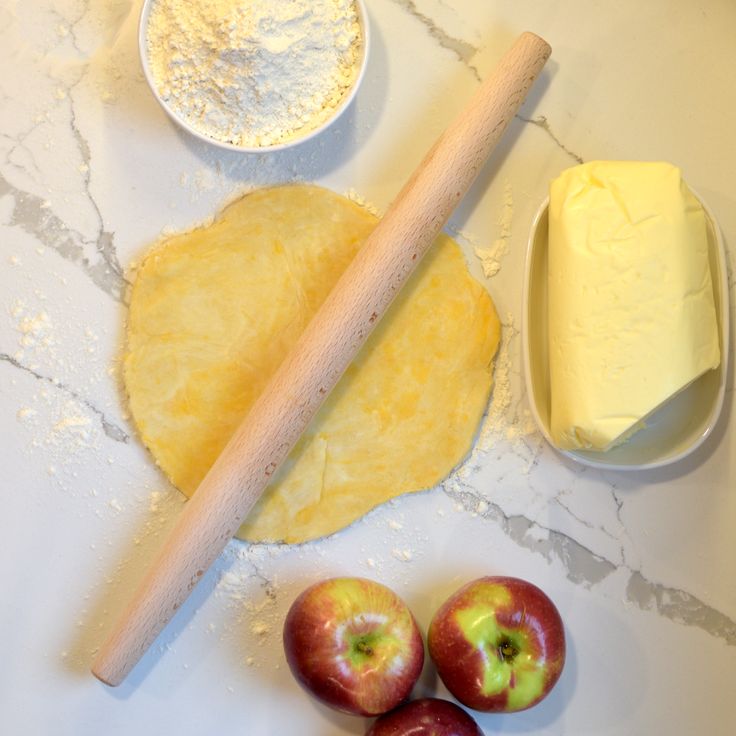
The Impact of Dough Type on Rolling Pin Choice
The type of dough you frequently work with significantly influences the choice between a tapered and a traditional rolling pin. For those who often find themselves making delicate pastry doughs, a tapered rolling pin offers several advantages. Its ability to create even thickness helps achieve the desired results without tearing or overworking the dough. The precision of a tapered design can be instrumental when preparing pastries like croissants or tarts, where texture holds utmost importance.
Conversely, if your baking repertoire leans toward heavier and sturdier doughs, traditional rolling pins become invaluable. Bread doughs, for instance, benefit from the substantial pressure exerted with a traditional design. The handles allow for effective manipulation of the heavier dough without discomfort, where the weight of the rolling pin assists the baker in achieving the desired thickness with ease.
Bakers working with pasta also often favor tapered rolling pins. The ability to regulate thickness on pasta sheets is key to achieving the right texture for dishes like lasagna or fettuccine. The tapered ends allow for nimble adjustments, ensuring uniformity across the sheet. Ultimately, assessing your most common types of dough can help streamline your rolling pin choice, aligning it with the goals of your baking endeavors.
Personal Preference and Kitchen Space Considerations
Selecting a rolling pin ultimately comes down to personal preference and cooking style. Some may find that they prefer the control and finesse of a tapered rolling pin, while others might enjoy the simplicity and robustness of traditional styles. If you frequently experiment with a wide variety of baked goods, consider owning both types to complement your toolkit. Having both types allows for versatility and caters to different baking styles and preferences.
Kitchen space also plays a crucial role in deciding which rolling pin to keep handy. Most tapered rolling pins have a more compact size and lighter weight, making them easier to store. Traditional rolling pins can be bulkier and may require more countertop space when in use. If your kitchen lacks the square footage for cumbersome equipment, the tapered rolling pin might be a more sensible choice.
Additionally, if you favor aesthetic appeal, consider how each type fits into your kitchen decor. Many traditional rolling pins come in classic wood finishes that can add a rustic charm to your countertop. On the other hand, tapered rolling pins are available in various modern designs, including sleek silicone colors that can bring a pop of color into your baking space.
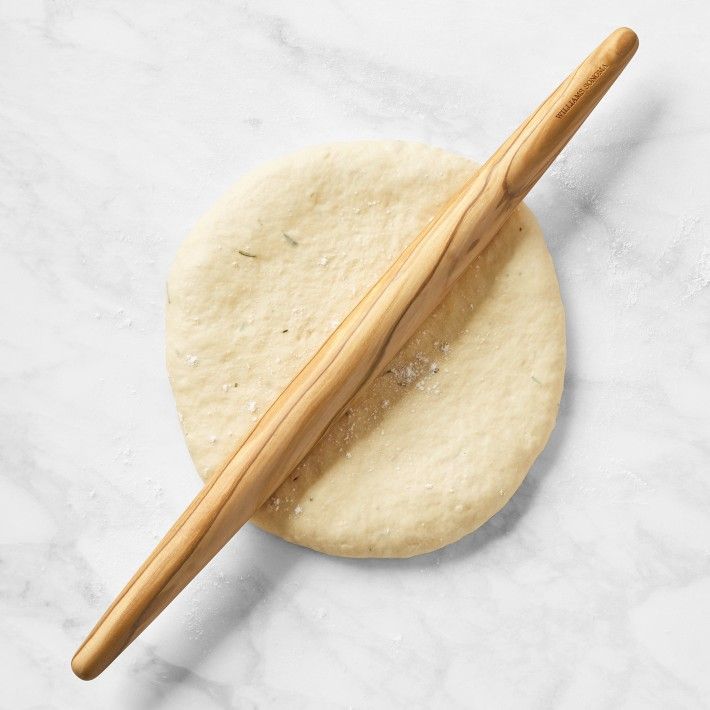
Cost: Balancing Quality and Budget
When investing in baking tools, cost remains an important factor. Generally, both tapered and traditional rolling pins come in a range of prices, allowing consumers to match their budget with quality expectations. Lower-end rolling pins may lack the durability or craftsmanship found in premium products. A nice mid-range option often strikes the right balance between affordability and performance.
Tapered rolling pins can sometimes be slightly more expensive due to their design features and materials. Those looking for functional yet affordable options may find plastic or silicone models that suit their baking needs. Traditional rolling pins, especially wooden ones, often have a wider range of prices. High-quality hardwood models can provide longevity, but it’s essential to avoid overly cheap options that lack sturdiness.
When balancing cost with quality, consider how often you plan to use the rolling pin. If you envision a future of frequent baking adventures, investing in a high-quality option may pay off in the long run. However, for occasional bakers, a less expensive choice may suffice. Prioritize quality and usability as you decide between tapered and traditional rolling pins.
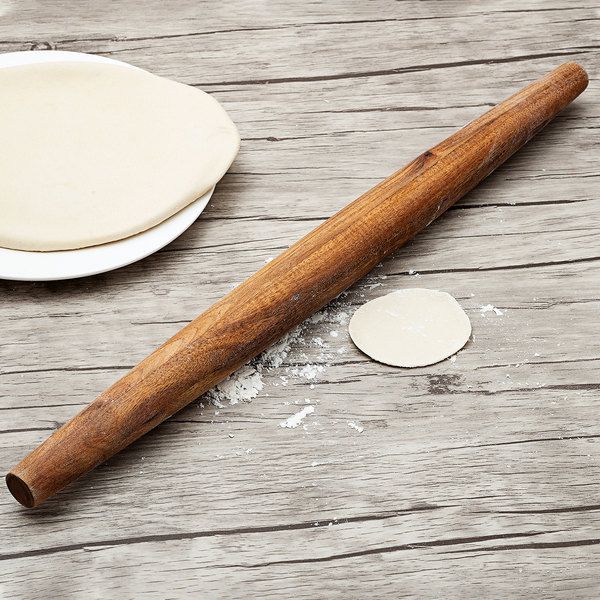
Conclusion: Making the Right Choice for Your Baking Style
When determining whether a tapered rolling pin or a traditional rolling pin fits your baking needs, take the time to assess your preferences and the types of baked goods you often create. A tapered rolling pin provides versatility, control, and ease of use, which is particularly beneficial for pastry-making and lighter doughs. Alternatively, traditional rolling pins work beautifully with heavier doughs and deliver a straightforward rolling experience.
Ultimately, the choice between these two essential baking tools boils down to personal preference, your kitchen space, and the dough types you work with most often. If you can, consider expanding your baking toolkit to include both styles. With the right rolling pin in hand, your baking adventures will be more enjoyable and successful. Discover the unique characteristics and benefits of each option and select the rolling pin that uniquely enhances your baking experience.

